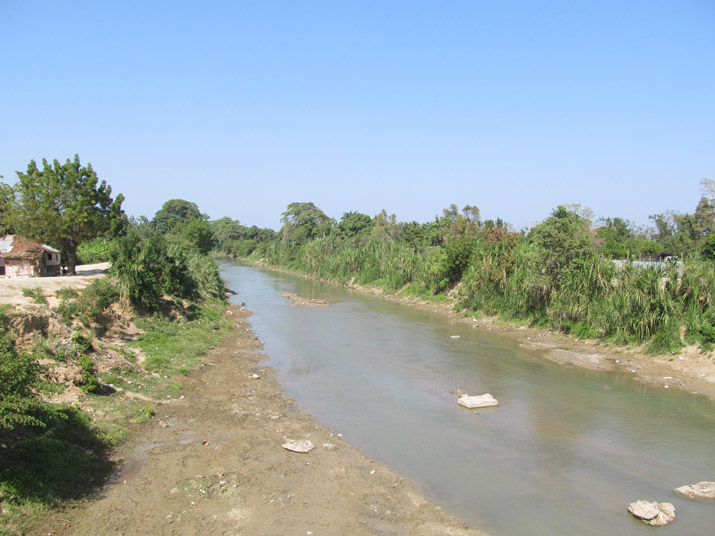The garrison of sailors Columbus left with Chief Guacanagarí in January 1493 (see January 1) left no written account, and its history is known principally through reports of Columbus and other Europeans chronicling Columbus’s second voyage.
These reports conclude the garrison’s conduct deteriorated into lawlessness, with thievery and violence both internally and to Guacanagarí’s subjects and a flaunted disrespect for Guacanagarí, his subordinate chieftains, and Taíno religion and custom. The seamen relied on Guacanagarí for food and produced none or little for themselves, even by fishing or hunting, and they stole food when they wanted more. They took and discarded multiple sexual partners among the Taíno women without marrying or otherwise caring for them, and sometimes without consent.
The precise site of the garrison’s fort (see December 26) remains unknown, and over centuries the rivers and streams in the area (where the Haitian town Bord de Mer de Limonade now lies) have been rechanneled for agricultural purposes. But the fort was near a stream, and I took the following photo with the thought that this modern site approximates how the fort might have been set up.

